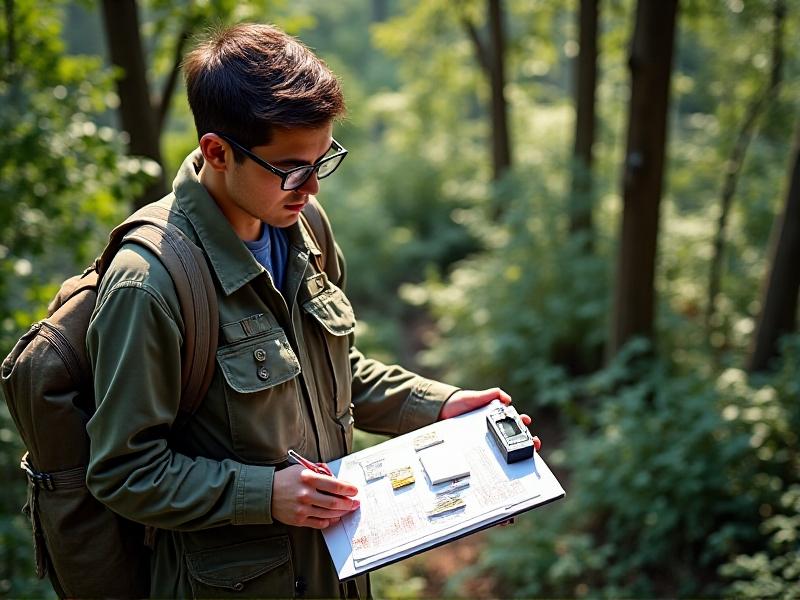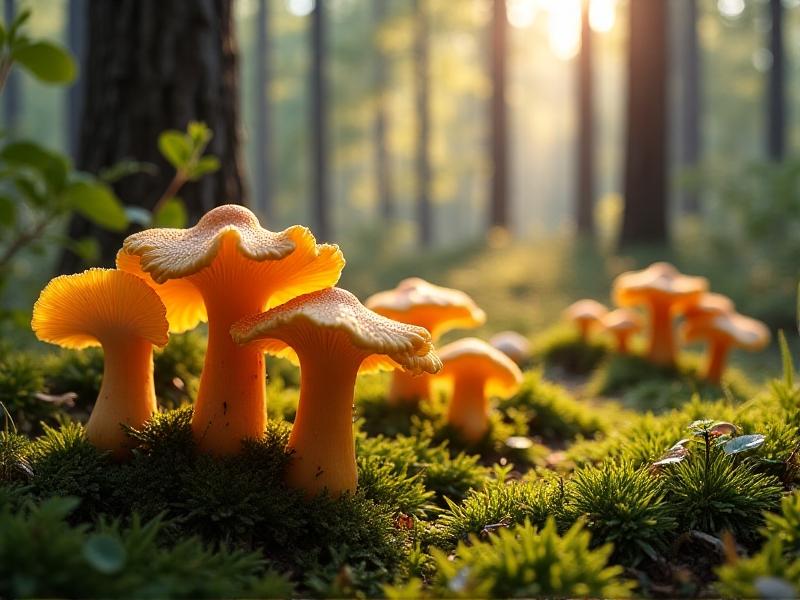Monitoring Techniques for Assessing Foraging Impact on Forest Health
Introduction to Foraging Impact on Forest Health
Forests are complex ecosystems that provide habitat for countless species, regulate climate, and offer resources for human use. Among these resources, foraging for wild plants, fungi, and other non-timber forest products (NTFPs) has been a traditional practice for centuries. However, the increasing demand for these resources has raised concerns about their impact on forest health. Monitoring techniques are essential to assess the ecological consequences of foraging and ensure sustainable practices. This blog explores various methods for evaluating foraging impacts and their role in maintaining forest ecosystems.

The Ecological Role of Foraging in Forests
Foraging plays a dual role in forest ecosystems. On one hand, it can contribute to biodiversity by dispersing seeds and creating microhabitats. On the other hand, excessive or unsustainable foraging can disrupt plant populations, alter soil composition, and affect wildlife. Understanding this balance is crucial for developing effective monitoring strategies. For example, overharvesting of medicinal plants can lead to their decline, while selective foraging of certain species can promote the growth of others. By studying these dynamics, researchers can identify thresholds beyond which foraging becomes detrimental to forest health.

Traditional vs. Modern Foraging Practices
Traditional foraging practices often involve a deep understanding of local ecosystems and sustainable harvesting techniques passed down through generations. In contrast, modern foraging, driven by commercial interests, can lead to overexploitation. Monitoring techniques must account for these differences to assess their respective impacts. For instance, traditional foragers may rotate harvesting areas to allow plants to regenerate, while commercial foragers might focus on high-yield areas without considering long-term consequences. By integrating traditional knowledge with modern science, monitoring efforts can be more effective and culturally sensitive.
Key Indicators of Foraging Impact
To assess foraging impact, researchers rely on specific indicators such as plant density, species diversity, soil health, and wildlife behavior. For example, a decline in the population of a frequently foraged plant species can signal overharvesting. Similarly, changes in soil nutrients or the presence of invasive species may indicate ecosystem disruption. Monitoring these indicators over time provides valuable data for evaluating the sustainability of foraging practices. Advanced tools like remote sensing and Geographic Information Systems (GIS) can enhance the accuracy and efficiency of these assessments.

Remote Sensing and GIS in Foraging Impact Assessment
Remote sensing and GIS technologies have revolutionized the way we monitor forest ecosystems. Satellite imagery and aerial surveys can provide large-scale data on vegetation cover, land use changes, and foraging patterns. GIS allows researchers to map and analyze these data spatially, identifying hotspots of foraging activity and areas at risk of degradation. For example, a decline in forest canopy density in areas with high foraging activity can be detected through remote sensing. These tools enable policymakers to make informed decisions and implement targeted conservation measures.
Community-Based Monitoring Initiatives
Engaging local communities in monitoring efforts is a powerful way to ensure sustainable foraging practices. Community-based monitoring initiatives empower foragers to take an active role in assessing and managing their impact on forests. These programs often combine traditional knowledge with scientific methods, fostering a sense of ownership and responsibility. For example, community members can document foraging activities, report changes in plant populations, and participate in restoration projects. Such initiatives not only enhance data collection but also promote environmental stewardship and cultural preservation.
Challenges in Monitoring Foraging Impact
Despite the availability of advanced tools and methods, monitoring foraging impact presents several challenges. These include limited access to remote areas, the complexity of forest ecosystems, and the need for long-term data collection. Additionally, balancing the interests of foragers, conservationists, and policymakers can be difficult. For instance, restrictions on foraging may affect the livelihoods of local communities, while lax regulations can lead to ecosystem degradation. Addressing these challenges requires a holistic approach that considers ecological, social, and economic factors.
Case Studies: Successful Foraging Impact Monitoring
Several case studies demonstrate the effectiveness of monitoring techniques in assessing foraging impact. For example, in the Pacific Northwest, monitoring programs have helped manage the harvest of wild mushrooms, ensuring their sustainability while supporting local economies. In Africa, community-based initiatives have successfully monitored the harvesting of medicinal plants, balancing conservation with cultural practices. These examples highlight the importance of tailored approaches that address the unique characteristics of each forest and its associated foraging practices.
Future Directions in Foraging Impact Monitoring
As the demand for NTFPs continues to grow, the need for innovative monitoring techniques becomes more pressing. Emerging technologies such as drones, machine learning, and blockchain offer new possibilities for tracking and managing foraging activities. For instance, drones can provide real-time data on forest health, while blockchain can ensure transparency in the supply chain of foraged products. Collaborative efforts between scientists, policymakers, and communities will be essential to harness these technologies and develop sustainable foraging practices for the future.








